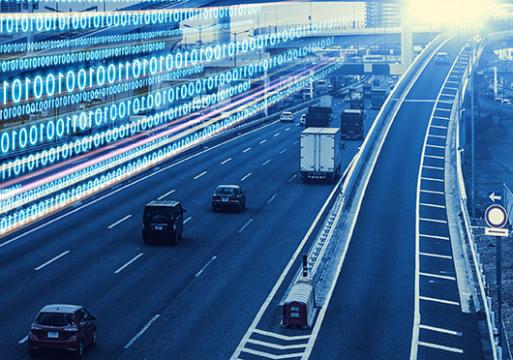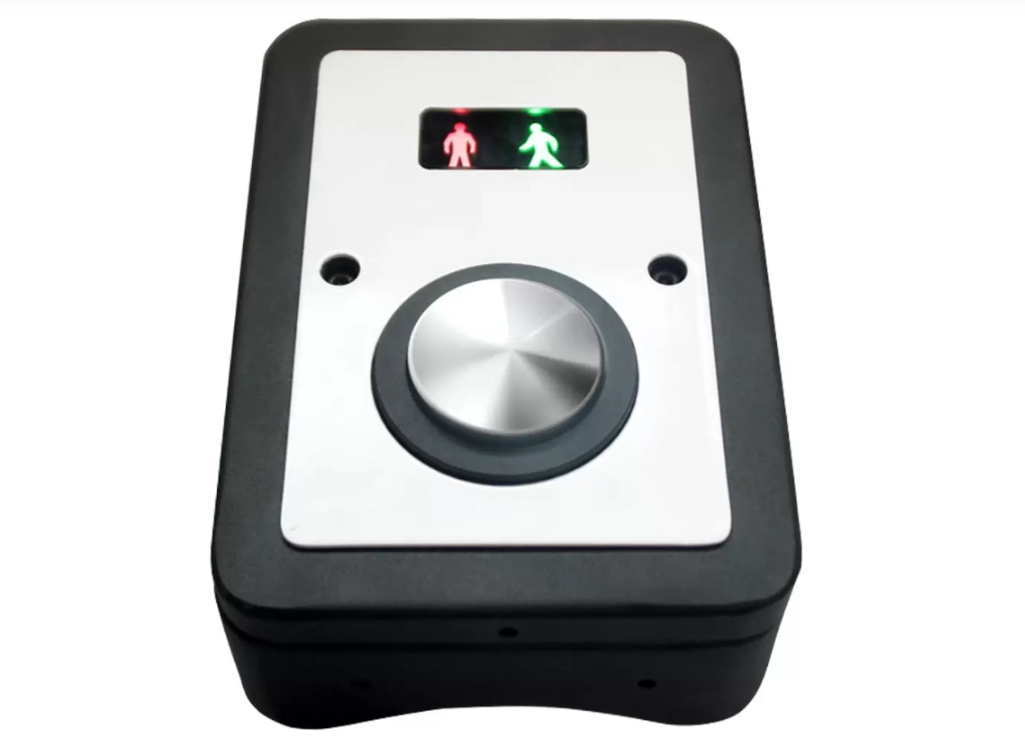Air vs Water Transportation: Exploring the Pros and Cons of Each Mode
3 min read
Transportation plays a vital role in connecting people and goods across the globe. When it comes to long-distance travel, two primary modes stand out: air transportation and water transportation. Both modes have their advantages and disadvantages, and understanding them can help individuals and businesses make informed decisions. In this article, we will delve into the pros and cons of air and water transportation, providing valuable insights for travelers and logistics professionals alike.
- Speed and Efficiency:
Air Transportation:
Air transportation is renowned for its unparalleled speed and efficiency. With the ability to cover vast distances in a matter of hours, air travel is ideal for time-sensitive journeys. It enables people to reach their destinations quickly, making it a preferred choice for business travelers and those with urgent travel needs. Additionally, air cargo transportation ensures swift delivery of goods, reducing supply chain lead times.
Water Transportation:
Water transportation, primarily through ships, offers a different perspective on speed and efficiency. While it may not match the speed of air travel, water transportation excels in carrying large volumes of cargo. Ships can transport massive amounts of goods, making it a cost-effective option for bulk shipments. Water transportation also plays a crucial role in international trade, facilitating the movement of goods between continents.
- Cost Considerations:
Air Transportation:
One of the main drawbacks of air transportation is its relatively high cost compared to other modes. The expenses associated with operating and maintaining aircraft, coupled with the need for specialized infrastructure such as airports, contribute to higher ticket prices. Moreover, the limited capacity of airplanes restricts the volume of cargo that can be transported, making it less cost-effective for large-scale shipments.
Water Transportation:
In terms of cost, water transportation offers significant advantages. Ships have a much larger carrying capacity, allowing for the transportation of bulk goods at a lower cost per unit. Additionally, the infrastructure required for water transportation, such as ports and harbors, is generally less expensive to maintain compared to airports. However, the longer transit times associated with water transportation may result in increased inventory holding costs for businesses.
- Environmental Impact:
Air Transportation:
While air transportation is fast and efficient, it has a considerable environmental impact. Aircraft emit greenhouse gases, contributing to climate change. The high fuel consumption and carbon emissions associated with air travel make it a less sustainable option. However, advancements in technology and the adoption of more fuel-efficient aircraft are helping to mitigate these environmental concerns.
Water Transportation:
Compared to air transportation, water transportation has a relatively lower environmental impact. Ships emit fewer greenhouse gases per unit of cargo transported, making it a more eco-friendly choice. Additionally, the use of alternative fuels and the implementation of energy-efficient practices in the maritime industry further reduce the environmental footprint of water transportation.
Conclusion:
Choosing between air and water transportation depends on various factors, including time sensitivity, cost considerations, and environmental impact. Air transportation offers unparalleled speed and efficiency but comes at a higher cost. On the other hand, water transportation excels in carrying large volumes of cargo at a lower cost, albeit with longer transit times. Considering the environmental impact, water transportation is generally more sustainable. Ultimately, the decision should be based on the specific needs and priorities of individuals and businesses, striking a balance between speed, cost, and sustainability.

